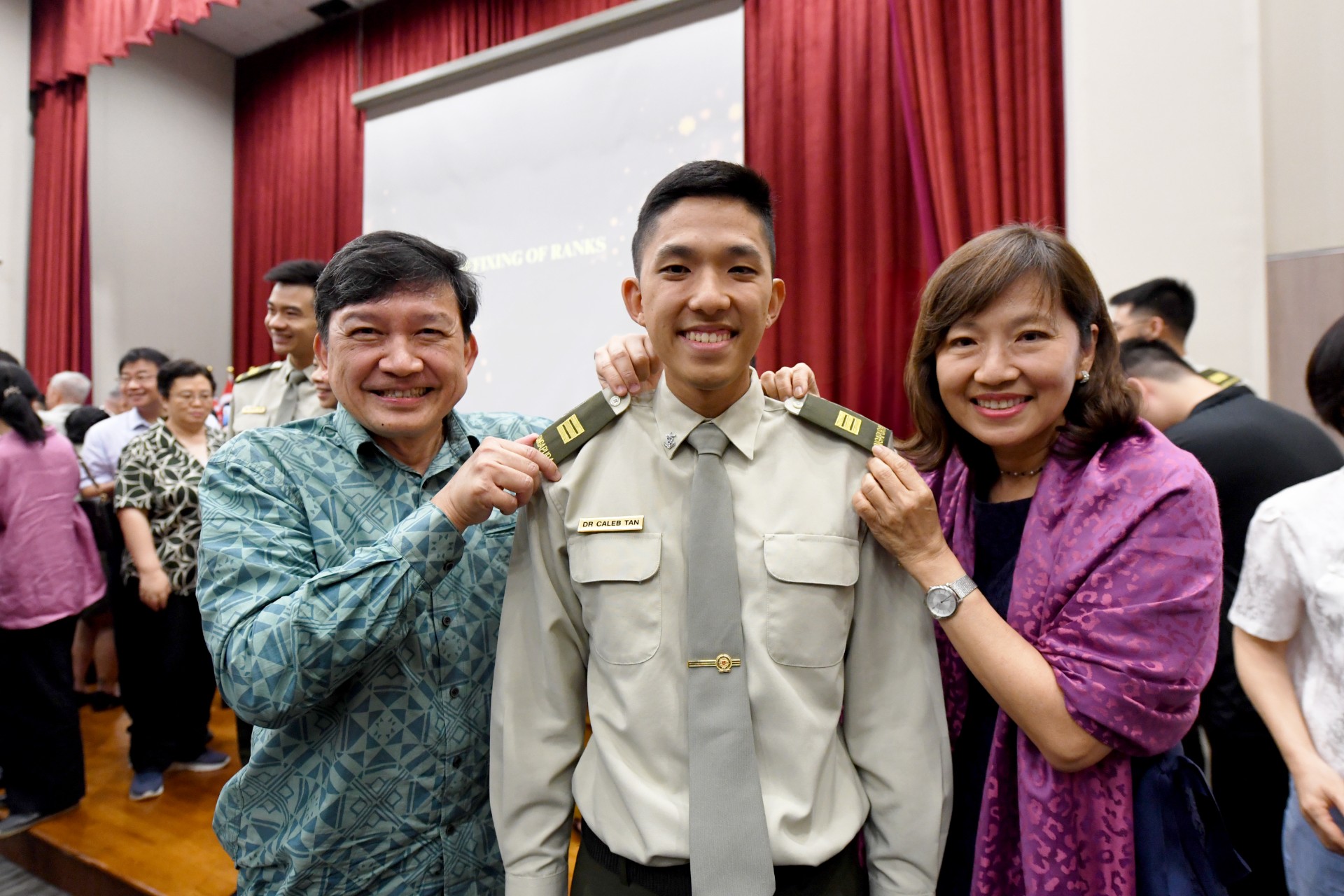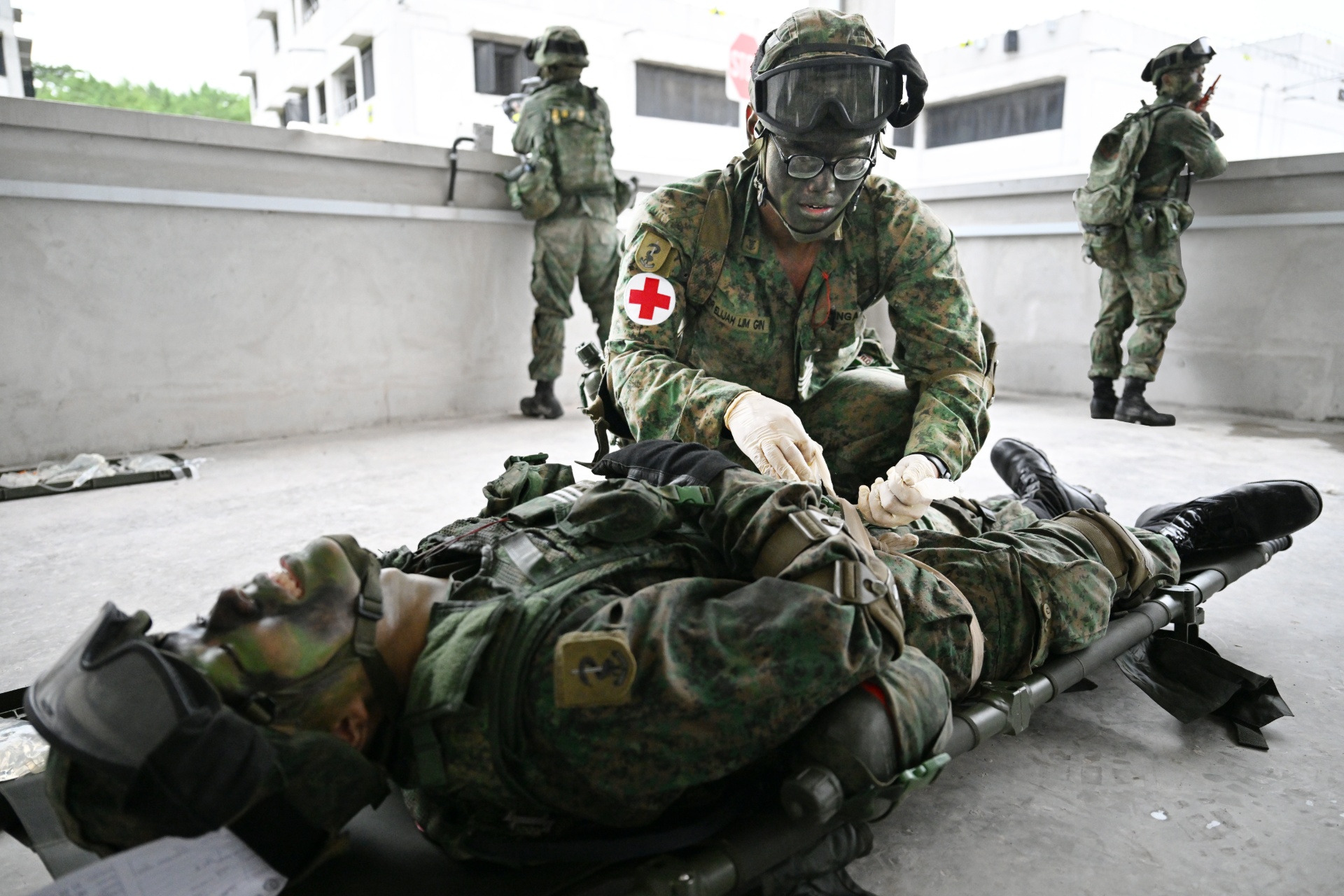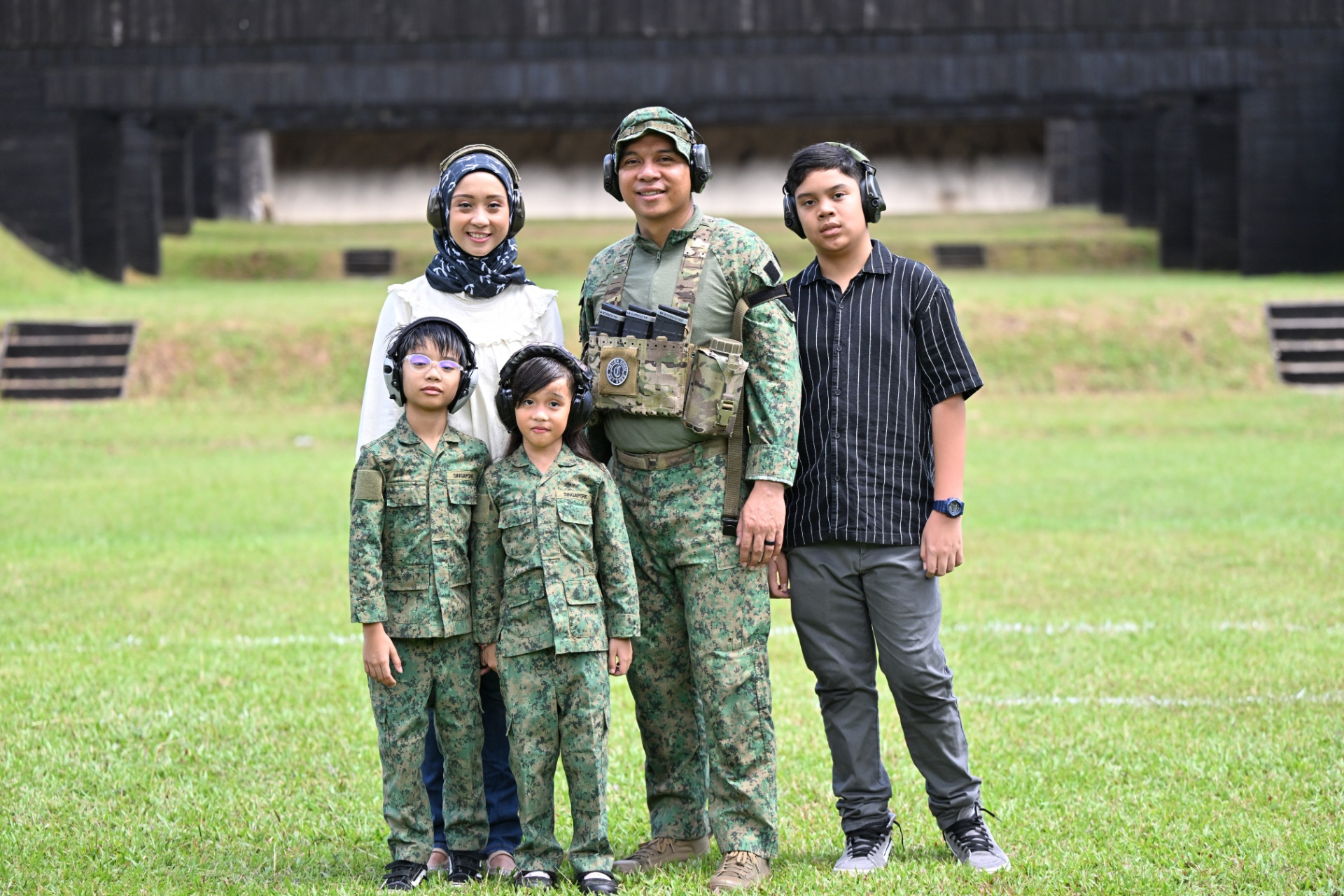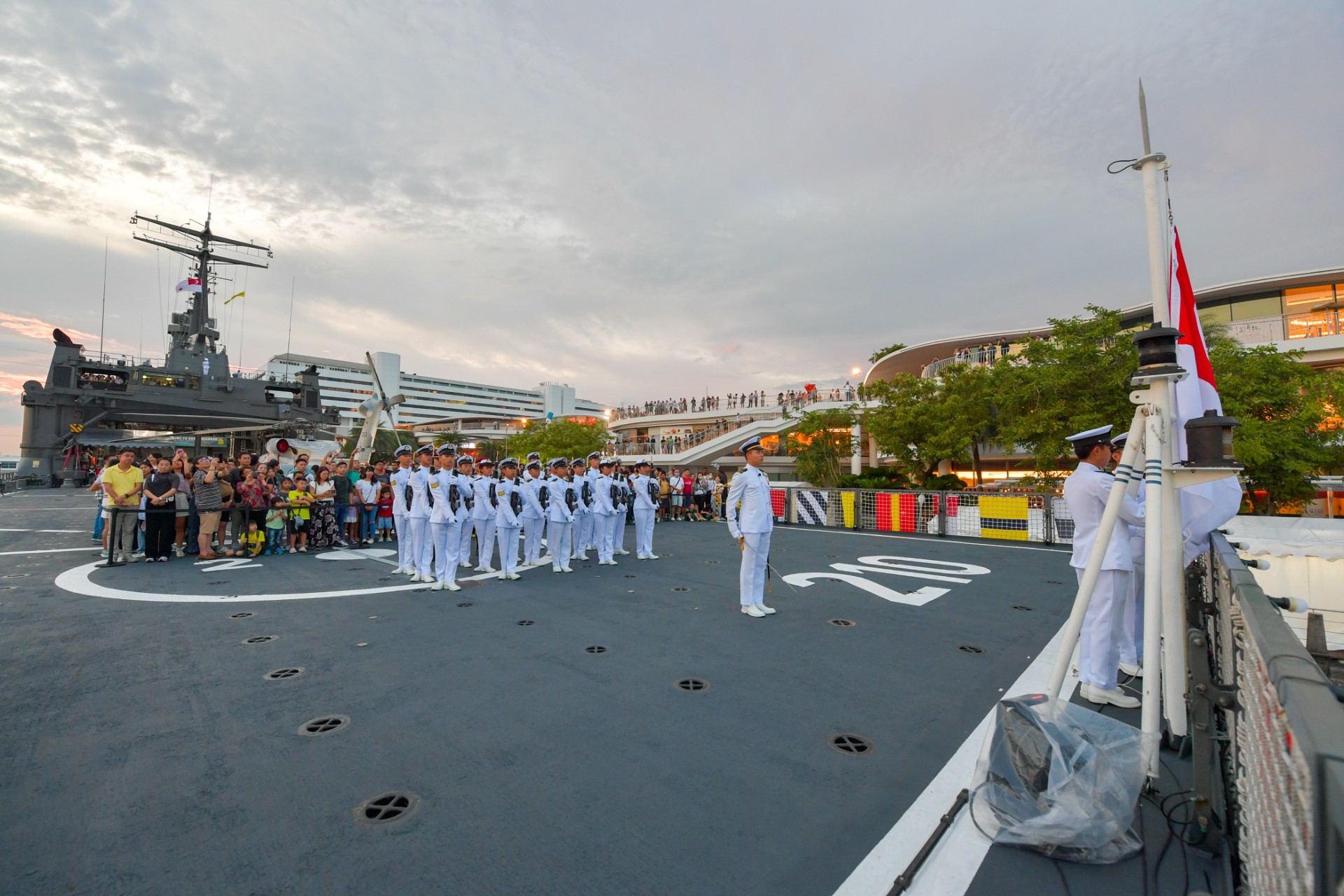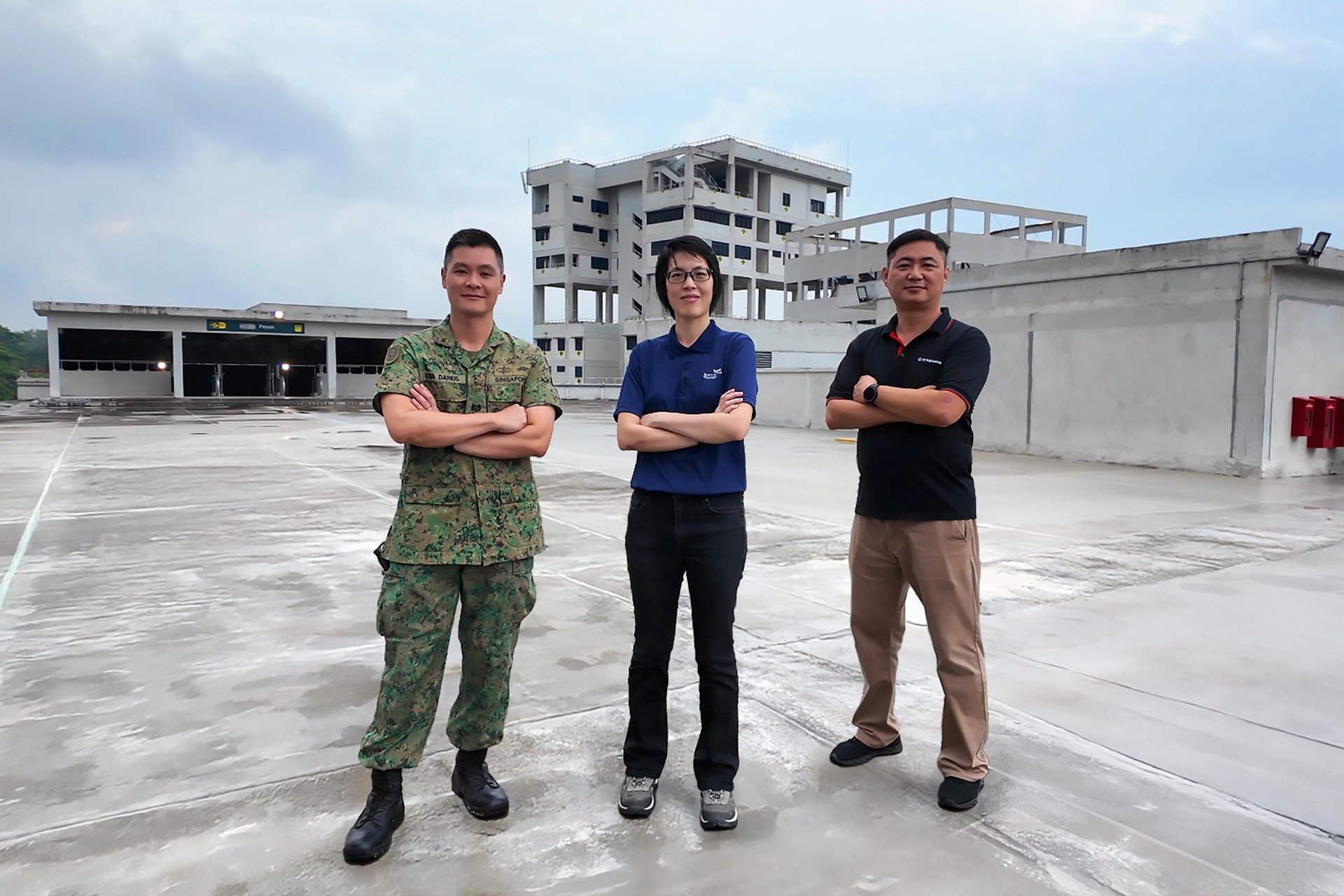FEEL THE FORCE
PHOTO // Timothy Sim
"Do you suffer from motion sickness?"
"Nope," I replied confidently.
"Ever had heart palpitations?"
"Only when I see Benedict Cumberbatch or Tom Hiddleston."
That was about a week ago at my Fitness For Instruction medical review to try out the pilot training facilities at the Republic of Singapore Air Force (RSAF) Aeromedical Centre.
Its star attraction, the HTC, generates gravitational forces (G-forces) that RSAF fighter pilots and weapons systems officers endure when executing air combat manoeuvres at extreme speeds and altitudes.
Being the thrill-seeker type, I had volunteered for the task when a colleague suggested it.
Now, staring down at the intimidating machine, which can spin the gondola - a cockpit replica in which the victim, or trainee, sits - up to 9Gs in less than two seconds, I regretted being kay kiang (Hokkien for smart alecky).
"Erm, is it too late to back out now?"
Merry-go-round of fear
Securely strapped into the seat of the cockpit, I was unable to escape. The hatch was closed, and I could hear a low hum as the HTC started up.
Most advanced fighter jets can pull a maximum of 9Gs. In comparison, a person experiences 1G on the ground, and a rollercoaster typically generates 2 to 3Gs.
All RSAF fighter pilots have to return to the Aeromedical Centre annually for refresher training on the HTC.
I was cleared to go up to 6Gs, but one of the officers told me it was likely I would only be able to tolerate up to 4Gs.
My stomach was churning. There was a very real chance that I would pass out. And not just because I was feeling anxious.
G-LOC, or gravitational force-induced loss of consciousness, is what happens when insufficient oxygen reaches the brain because high G-forces cause blood to rush to the legs.
To counter this, pilots use the Anti-G Straining Manoeuvre, taking short breaths and tensing their muscles to force the blood back from the lower limbs into the brain, explained Major (MAJ) (Dr) Jason Low, Head Crew Safety and Flight Environment Branch.
Unfortunately, this usually takes a few sessions to learn, and couldn't be imparted in five minutes.
The pilots can also don anti-G suits, which have "air bladders" that inflate when necessary to squeeze the lower limbs. This added pressure helps to counteract the effects of G.
Sadly, these suits must fit the wearers snugly, and there were none that I could borrow.
Fail my life. Did I say I volunteered to do this?
Invisible roller coaster
"You may want to close your eyes for this part," advised the HTC operator over the comms as the machine began spinning from 1G to 1.4G.
An increase of 0.4Gs didn't sound like much, but once the gondola started to tilt, the overwhelming vertigo effect it produced was far from insignificant.
Within a few seconds, my stomach was doing somersaults. I felt as though I was plummeting out of control and tumbling forward endlessly into a 360-degree loop.
The sensation was doubly surreal because there was no wind in the cockpit despite the feeling of speed.
This is due to the Coriolis effect: Feelings of disorientation occur because balance-sensing fluids in the canals of the inner ear are particularly sensitive to any change in momentum and gravitational pull. However, the body will eventually acclimatise itself.
When my sense of balance finally normalised, the operator cranked the HTC up from 1.4Gs at 0.3Gs per second (for pilots, this can be as rapid as 1G per second).
In a few blinks of an eye, my entire body felt over 100kg heavier. There was a crushing weight against my chest, making it hard to catch my breath. I could feel the gravitational drag when I moved my arm, and didn't even bother trying to lift my head from the head-rest.
As it climbed from 4 to 5Gs, the pressure pushed down against me even more, causing the loose flesh of my face to sag.
Luckily, I had no time to be pre-occupied with my unflattering jowls.
I was going blind.
Counting stars
It was like I was wearing blinkers - I couldn't see anything to the side. Just as I was trying to cope, everything went black.
A blackout means a complete loss of sight but no loss of consciousness - the pilot can still hear, feel and think. Often, it is one of the last warning signs of impending G-LOC.
From a faraway corner, I heard the tinny voice of the operator saying that the machine was at 5Gs and they would hold it for 30 seconds. I choked out a wheezy "okay".
At this point, I could literally see stars. It was like I was staring into space, with little white and green sparks shooting past in the darkness.
As I heard the operator counting down the seconds, the pressure was so immense that all I could do was sink into the seat and try to keep breathing.
Suddenly a voice said: "...and 30! Well done!"
G-monster wannabe
So how well did I do?
"It was pretty awesome. For a novice who had just come into the centrifuge without any formal knowledge or training, or even any anti-G suit support, you managed to tolerate 5Gs and hold it for 30 seconds," said MAJ (Dr) Low during the review.
"You overcame the tumbling effect which most pilots hate. And you were able to recognise the very important symptoms of G, so that s pretty much mission accomplished."
He added: "Everyone has a different tolerance to G - some have to train very hard to maintain their static muscle strength to pull through, while others do it very effortlessly; we call them G-monsters."
When the HTC was spinning at idle, the operator had asked if I wanted to go for another round up to 6Gs. I considered it for a minute, but decided I'd quit while I was ahead.
As we watched the video of my time in the centrifuge, MAJ (Dr) Low quipped: "On the plus side, now you know how you'll look in 30 years."
When I went home and looked in the mirror that night, I noticed a fresh wrinkle under my eye.
30 years in five minutes - guess it was a good thing I decided not to do 6Gs after all.
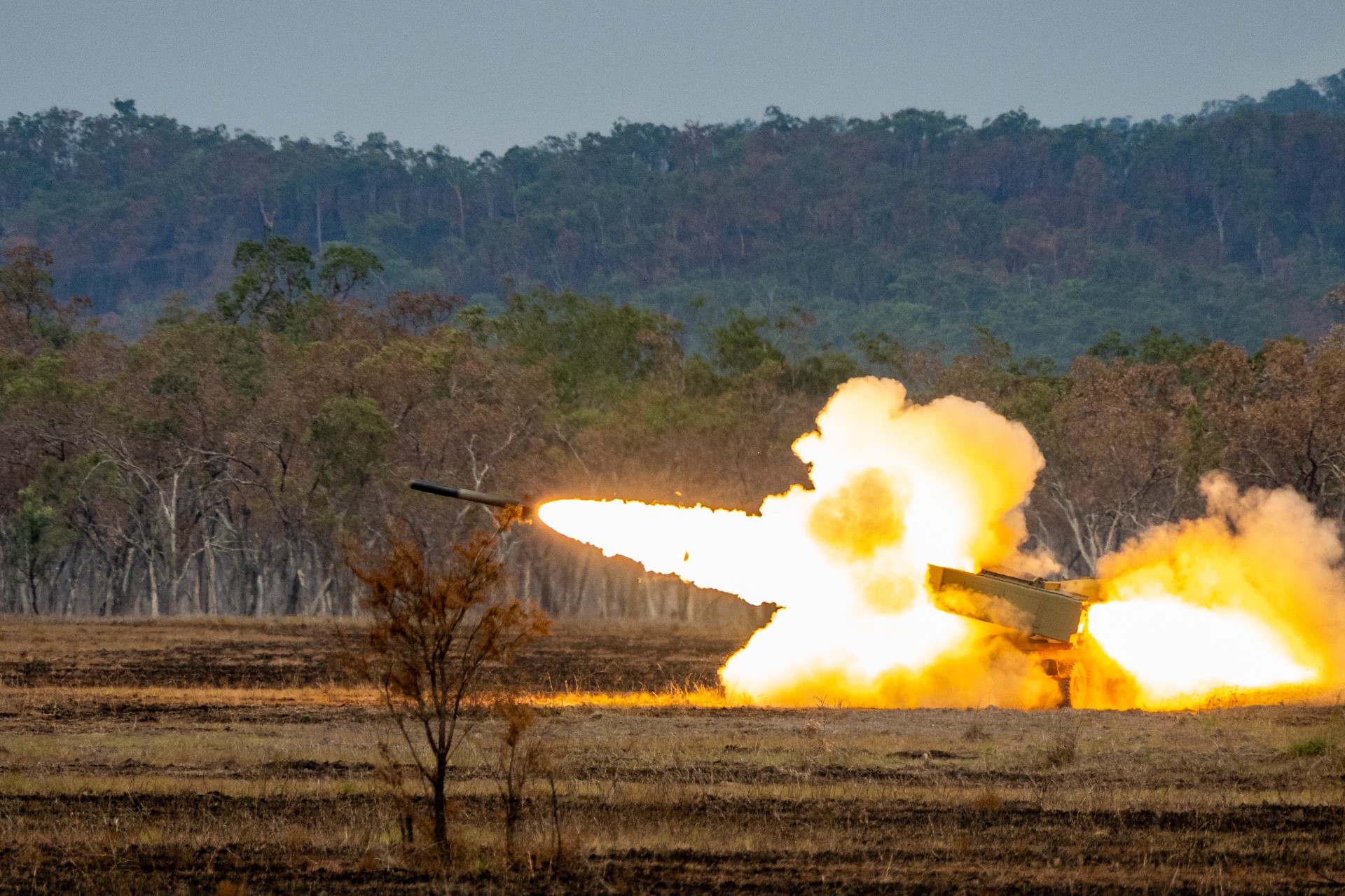
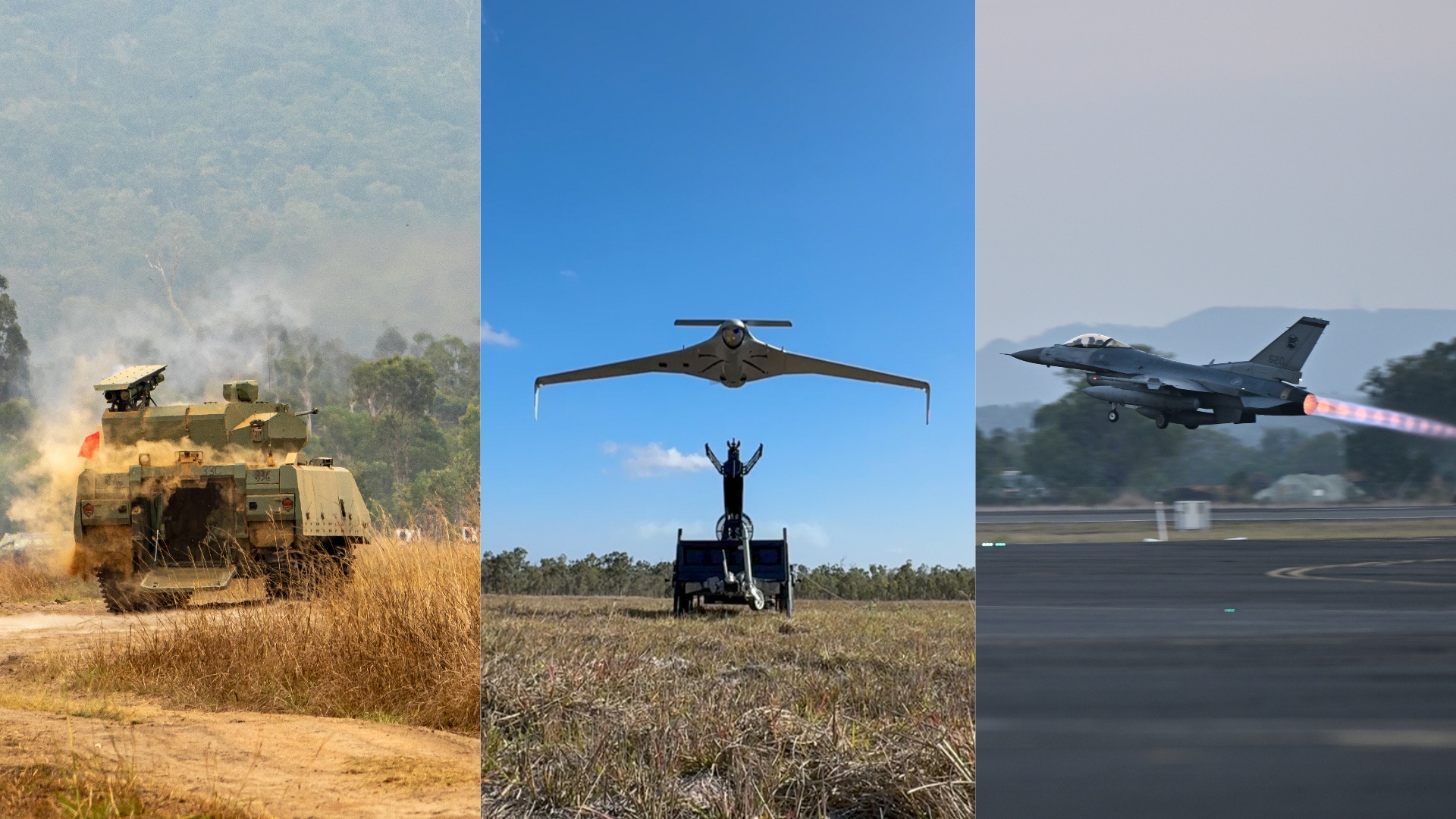
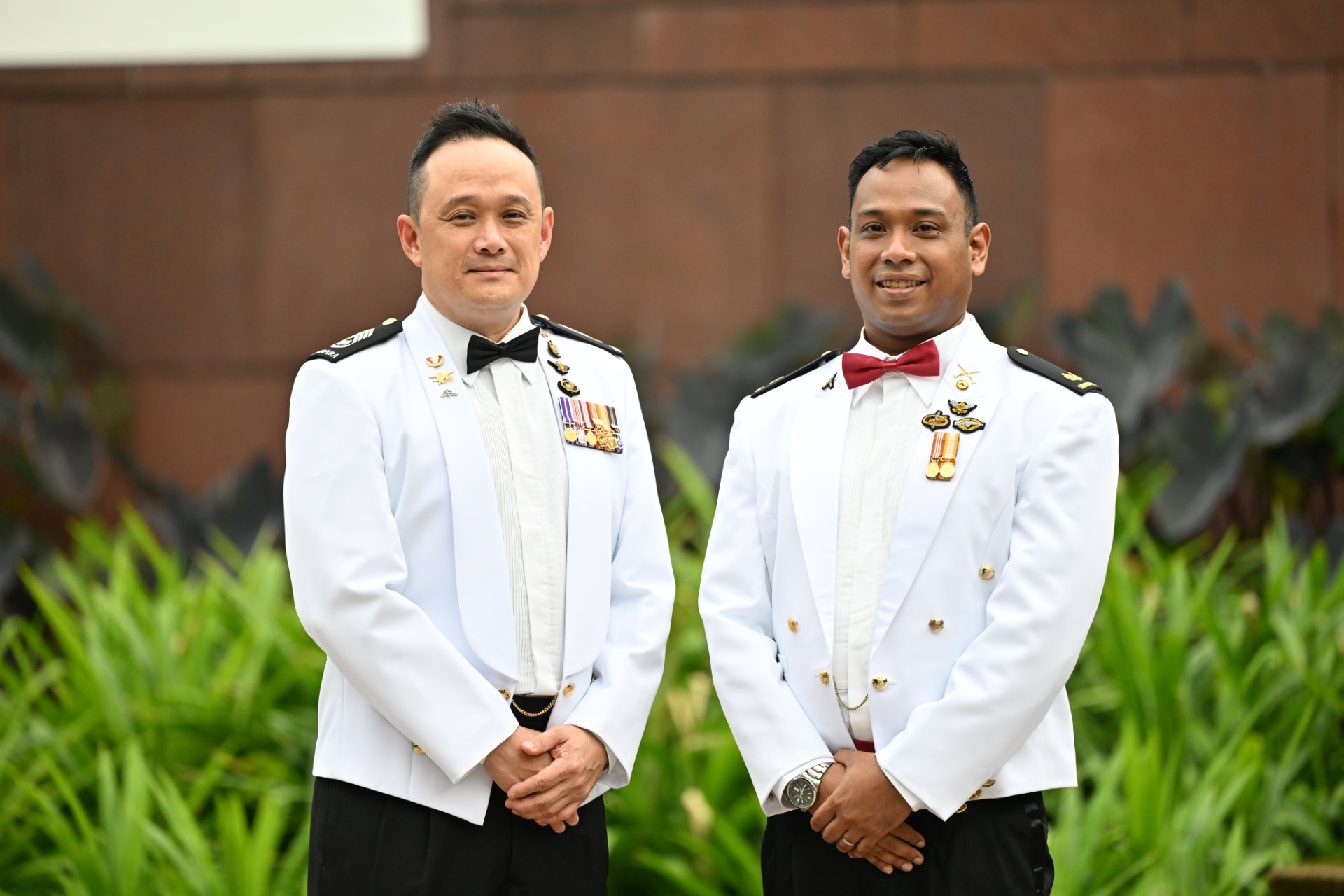
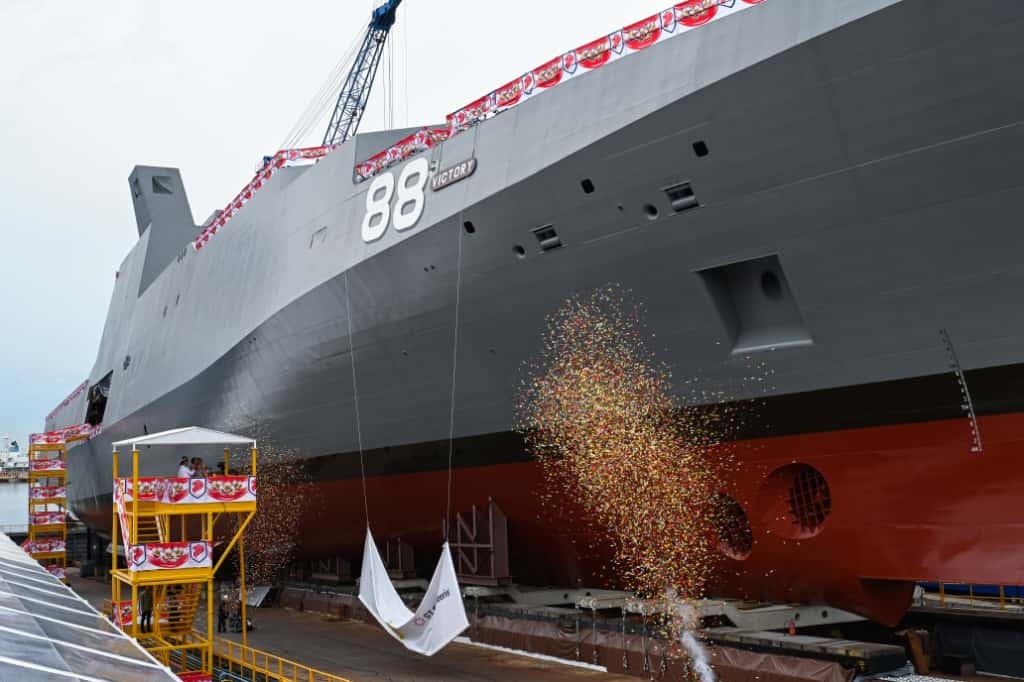
-dsc_2181.jpg?sfvrsn=cf8a503f_1)
